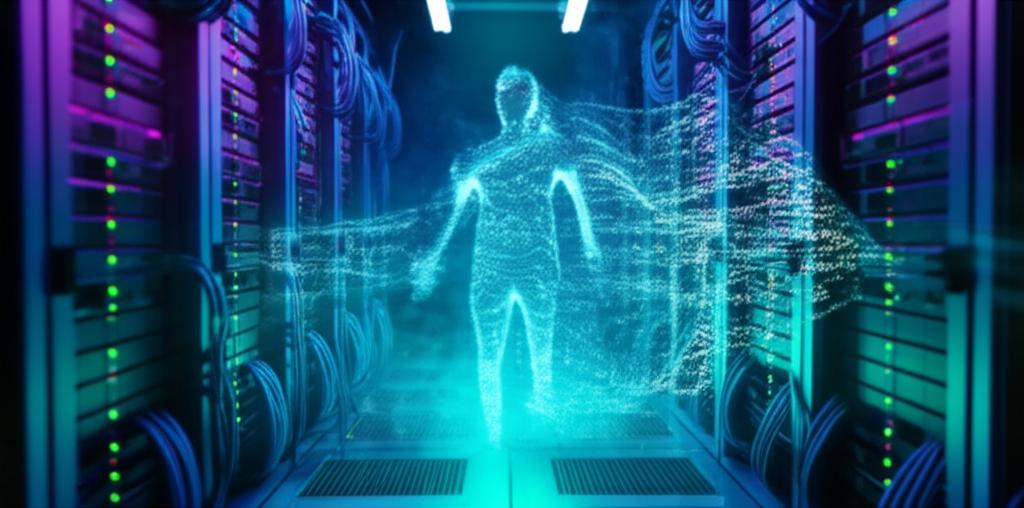Unmasking the Insidious Threat: Understanding Fileless Malware
In the evolving landscape of cyber threats, attackers are constantly developing new tactics to evade traditional security measures. One of the most challenging and potent forms of malicious software to combat today is fileless malware. Unlike conventional malware that relies on executable files written to a disk, fileless malware operates primarily in a system’s memory, making it incredibly stealthy and difficult to detect.
This article will delve into what fileless malware is, how it functions, why it poses such a significant risk, and crucially, how organizations and individuals can bolster their defenses against this sophisticated threat.
What Exactly is Fileless Malware?
Fileless malware, also known as non-malware, memory-resident malware, or living-off-the-land (LOTL) attacks, is a type of malicious code that executes directly in a computer’s volatile memory (RAM) without writing any persistent files to the hard drive. This fundamental difference is what gives fileless malware its stealthy advantage.
Instead of relying on new, detectable files, these attacks often leverage legitimate tools and processes already present on the operating system. This technique, known as “Living Off The Land” (LOLBins), allows the malware to blend in with normal system activity, making it much harder for traditional, signature-based antivirus software to identify.
How Does Fileless Malware Operate?
The operational mechanics of fileless malware are designed for maximum evasion and persistence, despite its memory-resident nature. Here’s a breakdown of common techniques:
- In-Memory Execution: The malicious code is injected directly into a legitimate process’s memory space, such as a web browser or a system utility. It never touches the disk, or if it does, it’s only for a brief moment before being removed.
- Leveraging LOLBins: Attackers exploit pre-installed operating system tools like PowerShell, Windows Management Instrumentation (WMI), PsExec, or even legitimate scripting languages. These tools are signed by the OS vendor, making their execution appear legitimate.
- Registry Persistence: While not writing files, some fileless malware might store encrypted payloads or commands within the Windows Registry. These entries can then be executed by LOLBins upon system restart, maintaining persistence without a physical file.
- Reflective DLL Injection: A technique where a malicious Dynamic Link Library (DLL) is injected directly into a process’s memory without first being written to disk.
- Exploiting Vulnerabilities: Often, initial access for fileless malware comes through exploiting unpatched software vulnerabilities, typically in web browsers or plugins.
Why is Fileless Malware Such a Potent Threat?
The fileless nature of these attacks presents several critical challenges for cybersecurity professionals:
- Evasion of Traditional Antivirus: Most legacy antivirus solutions are designed to scan and detect malicious files on the disk. Since fileless malware avoids this, it can bypass many conventional defenses.
- Difficult to Detect: By operating in memory and using legitimate system tools, fileless attacks blend seamlessly with normal system activity, making them notoriously hard to distinguish from benign processes.
- Minimal Forensic Footprint: When a compromised system is shut down, the malicious code residing in volatile memory is often erased, leaving little to no trace for forensic analysis. This makes incident response and attribution significantly more complex.
- Persistence Without Files: Techniques like registry persistence allow the malware to survive reboots without ever needing a file on disk.
- Rapid Evolution: The methodologies employed by fileless malware are constantly evolving, requiring security solutions to adapt quickly.
Common Attack Vectors for Fileless Malware
Attackers utilize various entry points to launch fileless attacks:
- Phishing Campaigns: Malicious links or attachments (e.g., weaponized Office documents with macros) can initiate a script that downloads and executes the fileless payload directly into memory.
- Exploiting Browser Vulnerabilities: Drive-by downloads from compromised websites can inject malicious code into a browser’s process.
- Remote Code Execution (RCE): Exploiting vulnerabilities in web servers or other exposed services to run arbitrary code in memory.
- Malicious Scripts: Directly executing obfuscated PowerShell or JavaScript code through legitimate means.
Defending Against the Stealth of Fileless Malware
Combating fileless malware requires a multi-layered and advanced security strategy beyond traditional antivirus. Here are key defense mechanisms:
- Endpoint Detection and Response (EDR): EDR solutions monitor endpoint and network events in real-time, focusing on behavioral anomalies rather than just signatures. They can detect suspicious process injection, unusual PowerShell activity, or changes in system configuration.
- Behavioral Analytics: Tools that analyze system behavior to identify deviations from the norm, such as an application attempting to access unauthorized memory regions or unusual parent-child process relationships.
- Memory Forensics: Specialized tools and techniques to analyze the contents of a system’s RAM for traces of malicious activity, even after a system shutdown if a memory dump is captured.
- Application Whitelisting: Strict control over which applications and scripts are allowed to execute on a system. This can effectively block unauthorized LOLBins or scripts from running.
- Regular Patching and Updates: Keeping operating systems, applications, and browsers updated is crucial to fix vulnerabilities that fileless malware often exploits for initial access.
- Network Monitoring: Look for unusual outbound connections, command-and-control (C2) traffic, or data exfiltration attempts.
- User Training and Awareness: Educating users about phishing and social engineering tactics can prevent the initial compromise that often leads to fileless attacks.
- Strong Configuration Management: Harden systems by disabling unnecessary services and ports, and enforcing strong password policies.
“The true danger of fileless malware lies not just in its stealth, but in its ability to weaponize legitimate system tools, blurring the lines between normal operation and malicious intent.”
— Cybersecurity Expert
Conclusion
Fileless malware represents a significant evolution in cyber warfare, pushing the boundaries of detection and defense. Its ability to operate without leaving traditional disk-based footprints demands a shift from reactive, signature-based security to proactive, behavior-centric approaches. By implementing advanced EDR, leveraging behavioral analytics, and maintaining robust security hygiene, organizations can significantly improve their posture against this insidious and increasingly prevalent threat. Staying informed and agile in cybersecurity is no longer an option; it’s a necessity in the face of fileless malware.







